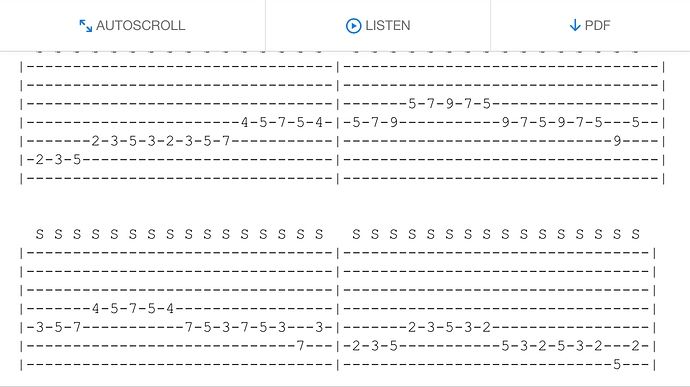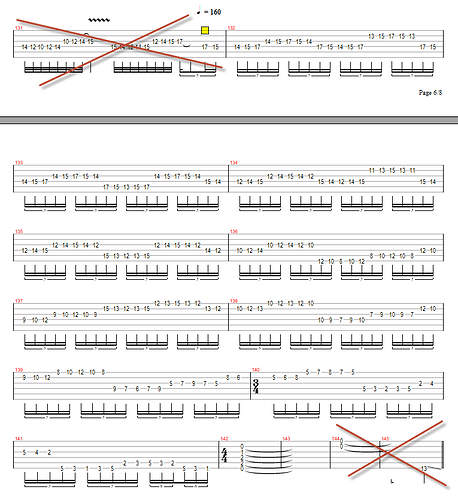Hi everyone,
I am Ionas from Cyprus… new member of cracking the code and I must say that I find it amazing so far 
I’ve searched for “John Petrucci” on the site and forum but I haven’t found anything about him, so I was wondering whether he uses pickslanting or not. I find his technique outstanding - very fast, clean and precise. By looking through his instructional videos he has never mentioned of pickslanting or anything that suggests that he is using it. A lot of his alternate picking exercises are very difficult to play using pickslanting (don’t have the pattern for it) but he is able to perform them quite fast.
Is it possible that he achieved such a speed without pickslanting? Is there a secret in his technique that might be helpful for the rest of us? What are your thoughts on this.
P.S. @Troy could you invite him for a masters in mechanics interview??? 







 The way I think of it is this: any lick that’s entirely outside picking can be 1WPS and swiped. I think this is the source of the “outside picking is easy, inside picking is hard” idea that guitarists have (for me it was the opposite: 2WPS came easily to me when I was first learning, but I never figured out swiping).
The way I think of it is this: any lick that’s entirely outside picking can be 1WPS and swiped. I think this is the source of the “outside picking is easy, inside picking is hard” idea that guitarists have (for me it was the opposite: 2WPS came easily to me when I was first learning, but I never figured out swiping). but for some reason it feels way more natural to lead into the next string with the pick heading in the same direction (down pick for higher string, up pick for lower (thicker!) string) rather than trying to get the pick over the string and then switching direction to actually pick it.
but for some reason it feels way more natural to lead into the next string with the pick heading in the same direction (down pick for higher string, up pick for lower (thicker!) string) rather than trying to get the pick over the string and then switching direction to actually pick it.